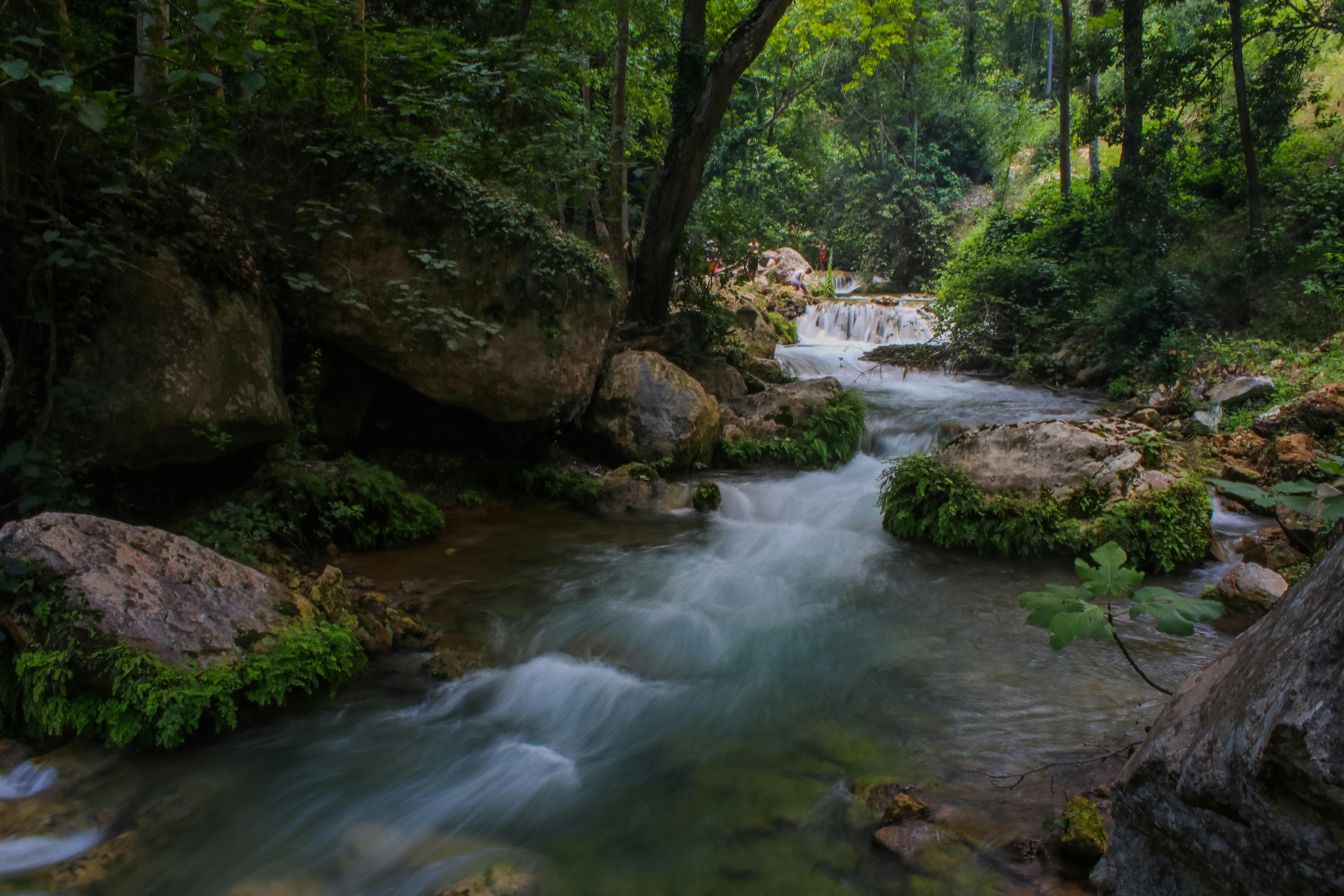The Mayan Rabbit Scribe
The first time I learned about the Mayan rabbit scribe was in 2000, when my husband and I traveled to Guatemala to explore the ruins of Tikal. I had been to various sites in the past, including Chichén-Itzá, Tulum, and Cobá because I have been fascinated with the Mayan culture since I was a child. Perhaps I even manifested these Mayan temple trips as a teenager while coloring pictures in a Mayan-Inca-Aztec coloring book I bought from a thrift store.
The amount of information you can find about Mayan culture online or at your local library is nothing compared to the facts and tradition that you hear from the tour guides there.
While visiting Tikal, I learned that the Maya had kept diaries of their history and culture, called “codices”, most of which were destroyed by order of a Spanish father, Father Diego de Landa, at a large bonfire in a town in the center of Yucatan called Mani. . The father believed that the books were the work of the devil and were preventing the Maya from becoming truly civilized. By his order, anyone caught with a codex was summarily tortured or killed. Only four codices have survived (some of them partial).
For generations, as the stelae and other stone carvings of the Maya disintegrated, no one could understand what the carvings meant, and an entire culture was about to be submerged by the tides of history until a few archaeologists discovered the mysteries of the glyphs.
I met a couple of archaeologists who had come to Tikal to photograph artifacts and sculptures. They had dedicated their lives to understanding the Mayan way of life. One, named Eleanor “Bunny” Coates, had been coming to Mayan sites for many years. She told me about the Scribe Rabbit.
I was enthusiastic about that entity, since I myself am a writer, and I know what it is to be the family documentarian. I know how important the writer, albeit unknown, is in any movie or video production you watch. Without the writer, nothing is written! Without the writer, the memory of an event or series of events loses detail and soon fades into obscurity.
The rabbit scribe first appears as part of a scene on a classic Mayan painted vase (around AD 300-900), which may have been used to serve a chocolate drink. The scribes carried out the important business of recording important events for royalty using a hieroglyphic script based on the noun. These rabbit scribes appeared on murals and vases usually writing in a fan book, or “codex,” which was covered with jaguar skin. Writing was very important to the Mayans and they recorded important events on everything: walls, stairs, sculptures, ceramics, plaques, and stone.
Fortunately, Father Diego de Landa’s plan to completely destroy the written history of classical Mayan culture has been thwarted by diligent archaeologists who, over the past decades, have been able to decipher many of the Mayan glyphs. Dr. David Stuart of the University of Texas at Austin has been a leading force in shedding light on the meaning and impact of Mayan culture, and he continues to advance his fascinating work.
